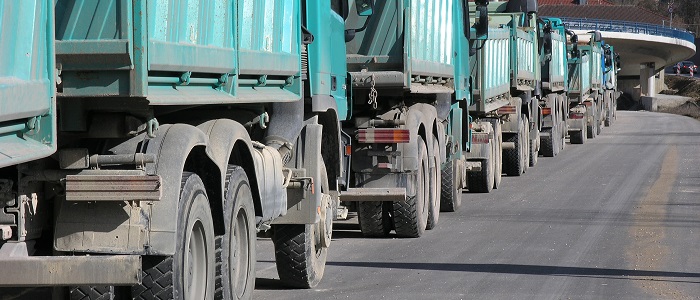Understanding waste flows

3 October 2016
The LIFE SMART Waste project has been gathering and analysing information on the flow of waste trommel fines in Scotland as a precursor to developing innovative waste flow audit approaches.
The complexity of the waste sector makes it very difficult and time consuming for environmental authorities and those that generate waste to track waste movements through the supply chain. This reduces opportunities for ensuring compliance with waste legislation and for encouraging duty of care by waste producers. It can also make it easier for illegal activity to occur and to go undetected by enforcement organisations. Acknowledging these issues, regulators in both Scotland and Wales have started to explore the use of waste audit approaches to track waste movements from ‘cradle to grave’, albeit on a small scale.
In early 2016, project beneficiaries Natural Resources Wales and SEPA invested time in assessing the value and feasibility of waste data in providing indicators of waste flows as early warnings of waste crime. SEPA subsequently undertook a series of visits to waste management operators in Scotland during September 2016 to review the handling of waste trommel fines and to gain a better understanding of the processes, procedures and coding practices for this challenging waste stream. Each of the sites visited had been identified from an analysis of waste data returns submitted in 2015 and 2016 as producing more than 1,000 tonnes of waste coded using the European Waste Catalogue number ‘19 12 12’.
The results of this research activity will be combined with the experience of project beneficiaries and supporting organisations to design and develop innovative approaches and tools for undertaking waste flow audits, on-site and at sector level, for challenging waste streams. The aim is to deliver approaches and tools that are less complex, time- and labour-intensive for environmental authorities to undertake. Techniques for making better use of waste returns data and combining and comparing these with waste audit information will also be explored in order to make a more dynamic, live picture of where waste is coming from and going to and identify mismatches between actual materials coming in and out of a site and the data returns submitted.
Back to News and events
